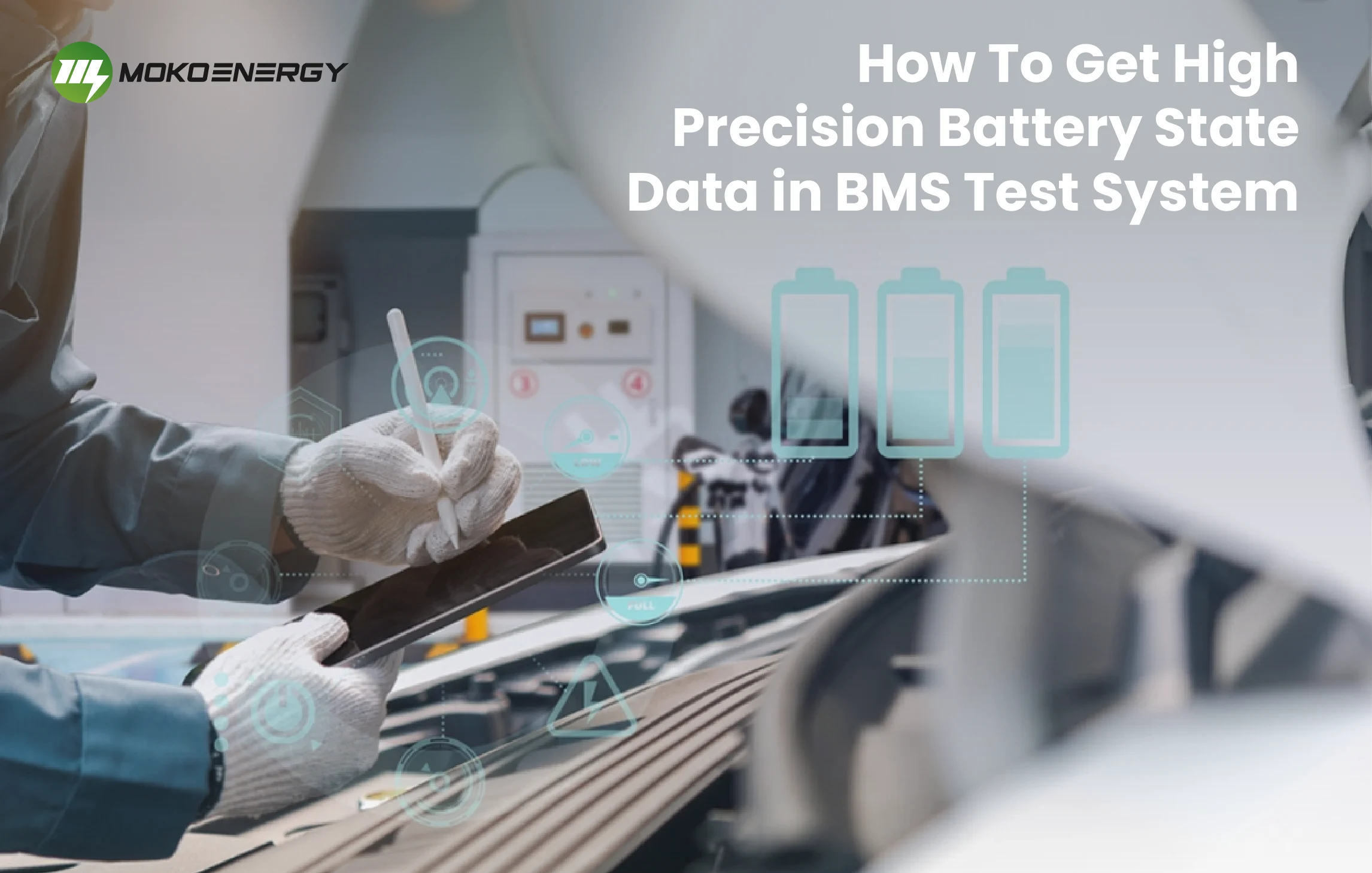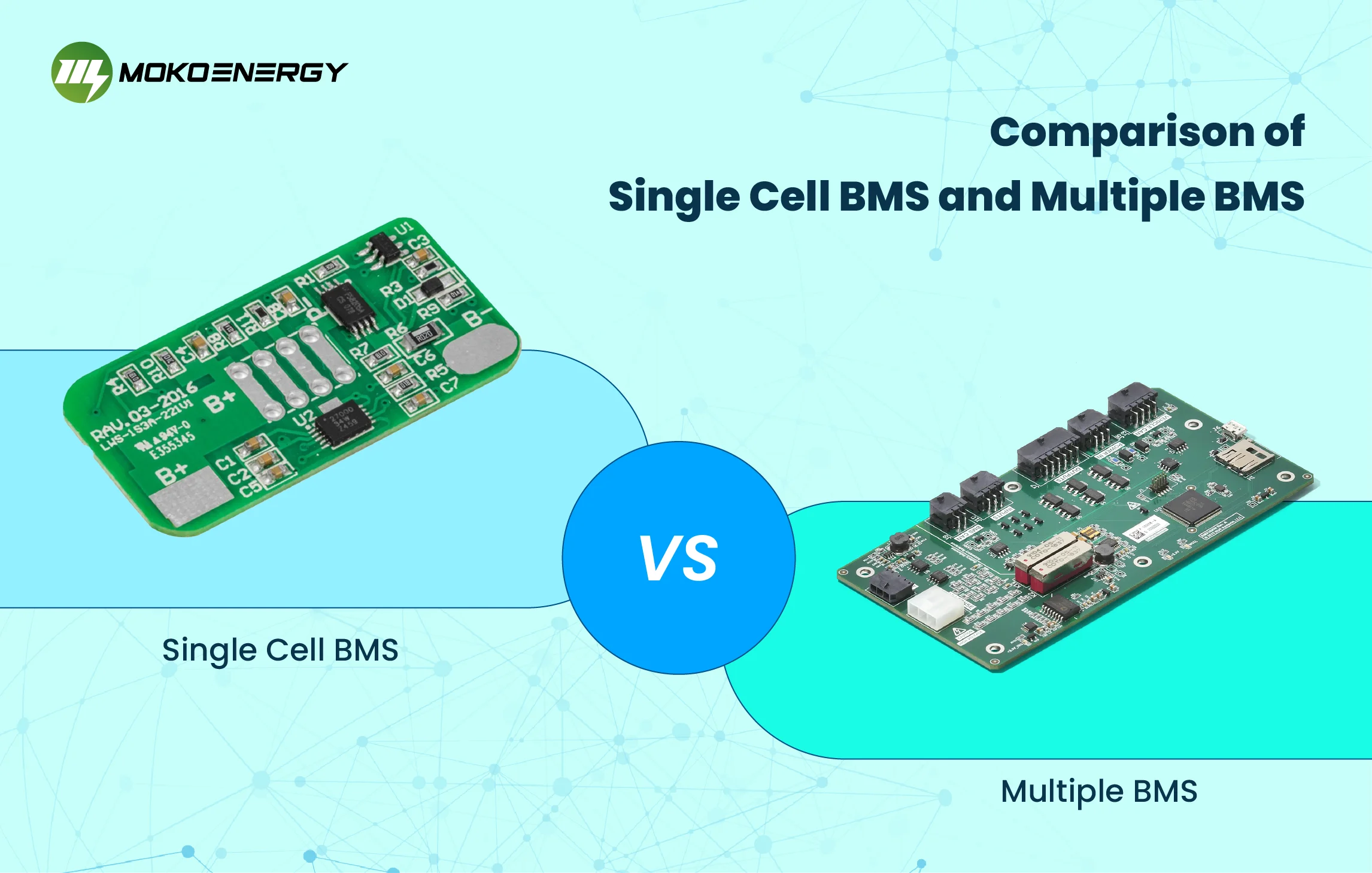Battery Management System is integral to any battery-powered technology, especially in electric vehicles and energy storage systems. The BMS test system is an important element in the determination of the reliable performance of the BMS, so it is important to look at its core technology principles. The data acquisition system is an even more sophisticated and sensitive part of the BMS test system, where accuracy is the ultimate key in controlling the power of the battery and its safety.
Principle of BMS test system
The BMS test system is required to perform a number of functions including, but not limited to, the accurate simulation of different operational modes of the battery. This is achievable if there is an advanced battery modeling technology. Thus, when an exact mathematical model of the battery is created, one can predict the changes in voltage, current, and capacity of a battery depending on charging and discharging rates, as well as the battery’s temperature, and aging level. For illustration, the employment of an electrical circuit, which places an analogy between a battery and resistance capacitance and voltage source, is more suitable for capturing the transient behavior of the battery. This flexible design allows the imitation of a wide range of actual working conditions during the testing process, and an overall assessment of the BMS’ performance can be made.
Data acquisition and monitoring technology is also required during the testing of the BMS test system. The test system still requires the real-time measurement of some other important parameters like battery voltage, current, temperature, etc, and then transmitting these measured data accurately to the test software. This goal would require high-precision sensors as well as accurate data transmission paths. At the same time, the test system also requires a powerful data processing capability, for it can efficiently analyze a comprehensive amount of collected data, identify the abnormality timely, and perform alarms.
Advanced Technologies in BMS Test Systems for High Precision
The idea of getting high precision in BMS testing goes beyond merely selecting the right metrics; one also needs to be provided with the right tools. Now let us discuss with an example of the new features that have now made modern BMS test systems more precise than ever before.
BMS Hardware in the Loop Testing System
The latest in BMS testing techniques is the BMS HIL Test System or the Hardware-In-the-Loop Test System. In a BMS HIL test, the physical BMS is attached to a simulated battery and allows the developers to create various battery conditions and environmental scenarios. It also allows testing of the BMS without having to physically employ batteries, thus improving the accuracy of battery state measurements significantly.

The BMS HIL test system will be of immense importance to high risk applications such as electric vehicles with focuses on safety and reliability. The BMS HIL system is used in this way to mimic some conditions, say quick changes in temperature or deep discharging to get a record of how the BMS performs under those circumstances. This results in improved calibration, optimization and finally diagnostics of faults within the BMS that enhance the precise analysis of battery performance.
High-Resolution Sensors
Contemporary BMS test systems contain high resolution sensors that can detect even minor changes in voltage, current, temperature, and other features. These sensors are used where detailed information on a battery’s status is required so that the system is able to monitor or interface with the battery more effectively. For example, high-precision sensors can be used in an electric vehicle to detect that individual cells are imbalanced and the BMS can correct this before it becomes a problem during charging. Providing the highest resolution of the sensors used in BMS testing ensures that no data is left out, making it easier for you to capture the true state of your battery.
Accurate Calibration Methods
Calibration is a critical process in retention of accuracy of a BMS test system and should be taken seriously. Sensors may shift over time and thus provide inaccurate information. Maintenance using accurate standards also in a regular basis is a plus because it allows consistent accurate measurement. Thus, where risk is high, for instance, in uses such as aerospace or medical device manufacturing, consistent calibration is necessary for durability.
Data Logging and Analysis Software
Today’s BMS test systems also incorporate sophisticated data logging and analysis capabilities to enable you to capture, store, and analyze large amount of data in the long term. This is especially useful for chronic trials where one has to cat original data for extended periods to determine the patterns. The inclusion of tools in BMS test system enables one to analyze what has been tested and come up with conclusions and if there is a problem, it can be detected before it grows into a major one thus enabling the test to be informative.
Best Practices for Accurate BMS Testing
There is always a correlation between precision and advanced technology, but there are good practices that go a long way in influencing the best results. Here are a few best practices to ensure high precision in your BMS test system:
Frequent Calibration and Maintenance of Sensors
It is very important to calibrate as often as possible in order to make sure that your sensors are functioning as required. A calibration should be conducted a set period of time and proper calibration standards should always be used to ensure the right results are obtained.
Optimizing Environmental Conditions
Some factors include temperature, humidity, and even some vibrations that may be noticed in the course of testing and may affect the precision of the BMS test system. To deal with external variables, make sure there is control of the environment in which the testing is being conducted.
Regular Software Updates
Always make sure that the BMS and the test system software used are upgraded. In fact, software updates can contain simple patches for the error, better algorithms that can improve your search results, or new optional modules.
Using Redundant Data Collection Methods
For better accuracy, the important metrics that should be measured should be measured at least twice. The measures include SOC, voltage, and temperature. This allows one to double-check their studies and also to buttress this evidence with other pieces of evidence from other sources.
Conclusion
It is important for the testing of battery management system to be precise. Thus, key metrics, and advanced technology like BMS HIL testing & methodology help you in getting your BMS test system to provide high precision data. As battery technology advances year after year, the significance of the data is going to grow dramatically thus the need to ensure that one sets the roots right today for the firm’s future.






